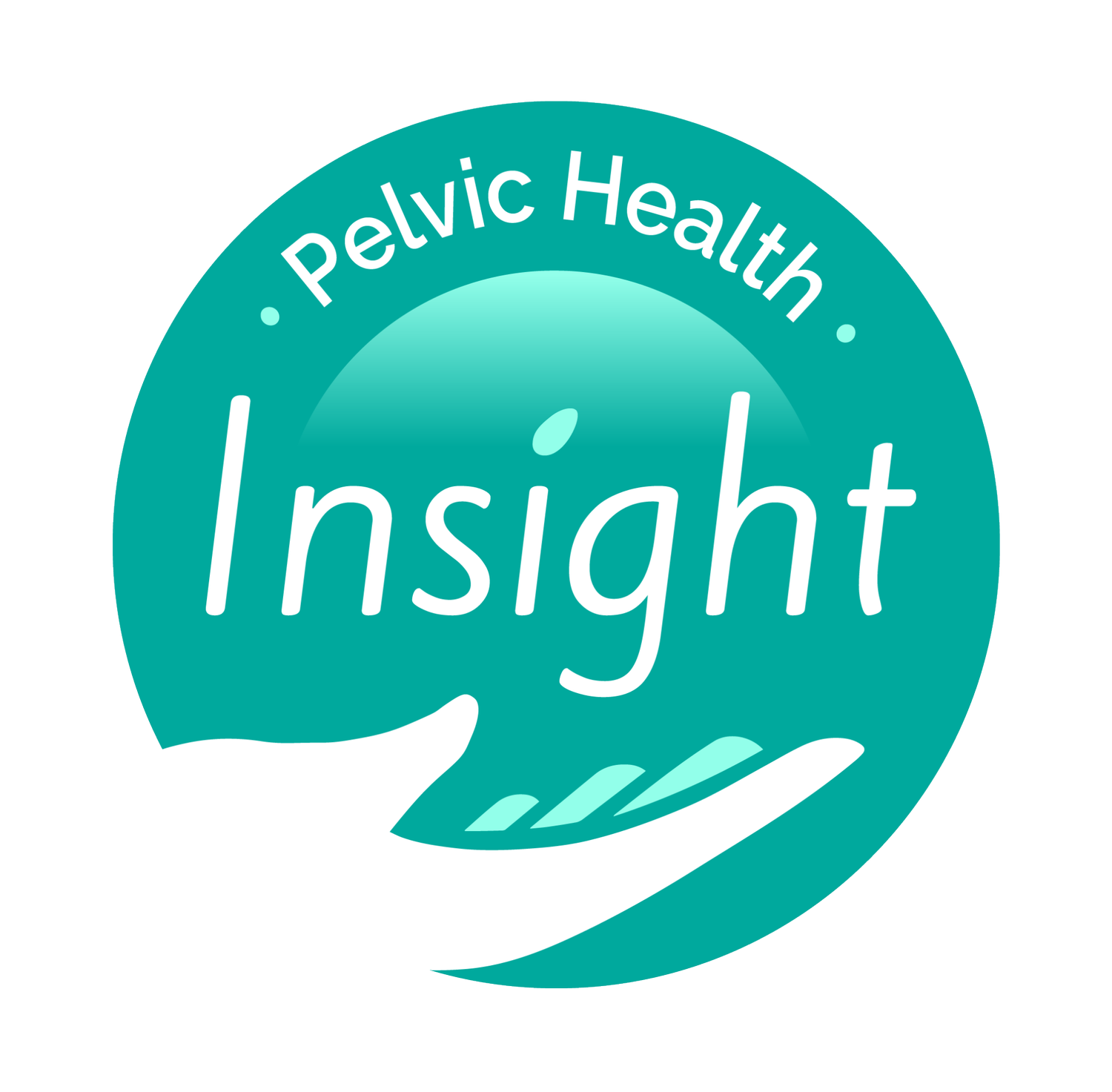Is sitting really as bad as smoking?
It is September!!
If you have older kids, September usually means that it is the beginning of the school year. The beginning of the school year usually means that sports are starting. Sports mean a lot of time sitting to watch your child have fun at the activity they like.
If you have younger kids you might be sitting to play with them on the floor, or sitting to breastfeed, or sitting just because you are exhausted.
Sitting is absolutely a part of our daily life. We might sit for work. We sit to drive or ride in a car. We usually sit to eat. We might sit to watch sporting events.
I don't know if you have heard the saying, "sitting is the new smoking". Okay, maybe sitting isn't that bad for you, but it isn't great for you either. While it is necessary at times, it is important to protect your pelvic floor which will also protect your back.
When you sit, try to sit up on your sit bones (versus back on your tailbone) and try to engage your abdominal muscle called the transverse abdominis (TA) while relaxing your pelvic floor. This might sound easy, but it is almost like patting your head and rubbing your belly at the same time.
To engage your TA, think of squeezing the front of your 2 hip bones together. Once you feel like you have that contraction, think of opening around your anus (butt hole). Do all of that while breathing.
This might take some time to get use to. I still have to actively think about relaxing my pelvic floor anytime I am sitting and I have been doing this work for over 10 years!
There is no reason your pelvic floor should be engaged while you sit. Sitting is a great time to relax it so that the muscles don't get too tight.
Tight pelvic floor muscles can cause increased back pain, increased pelvic pain, pain with using a tampon, pain with intercourse, increased urge to pee, leaking pee, constipation, hip pain, even foot pain.
Engaging your TA will help support your back and give your core a workout (win, win) all while you sit!
